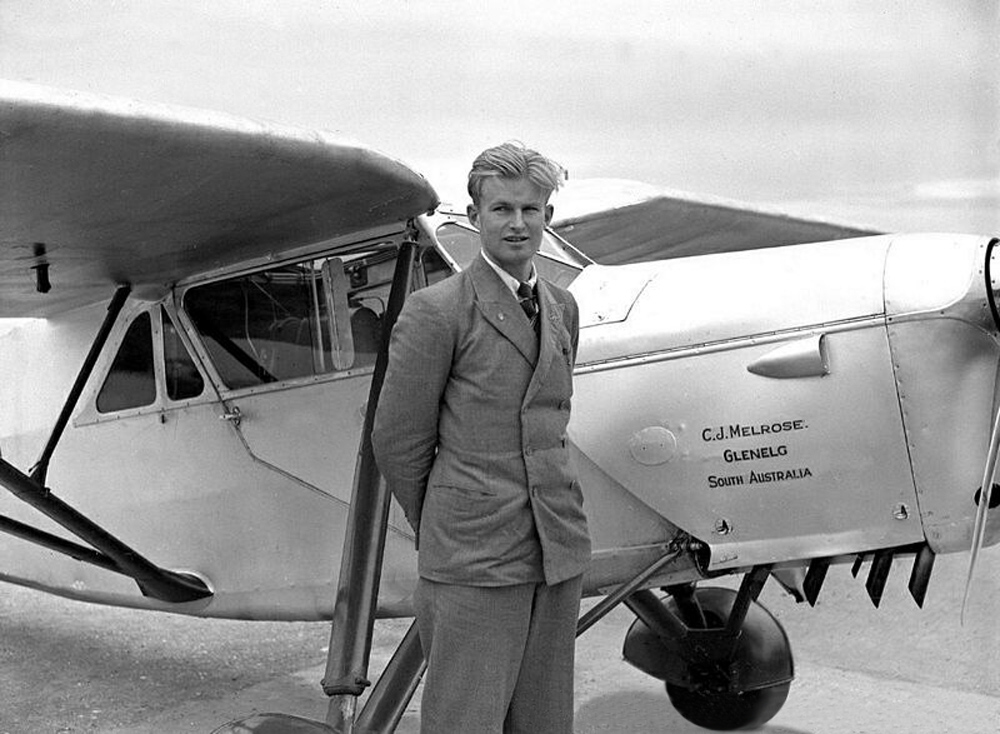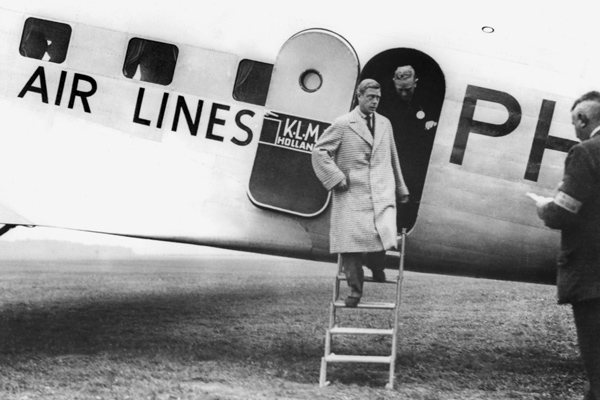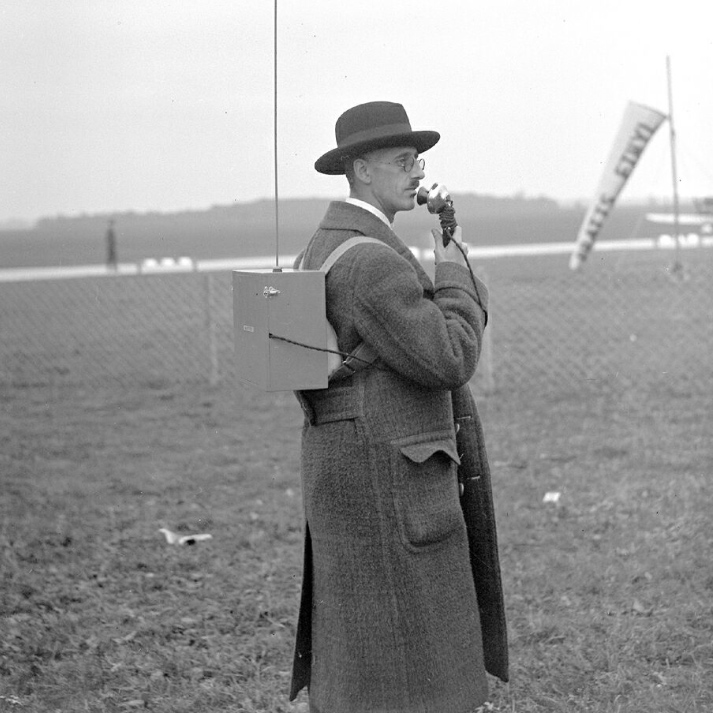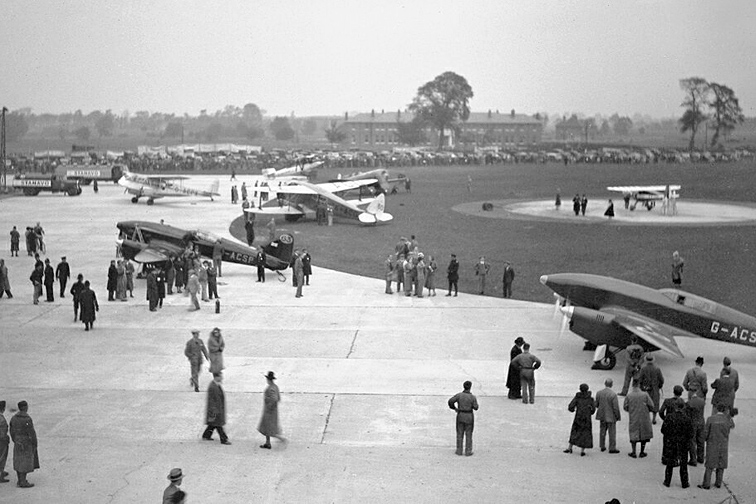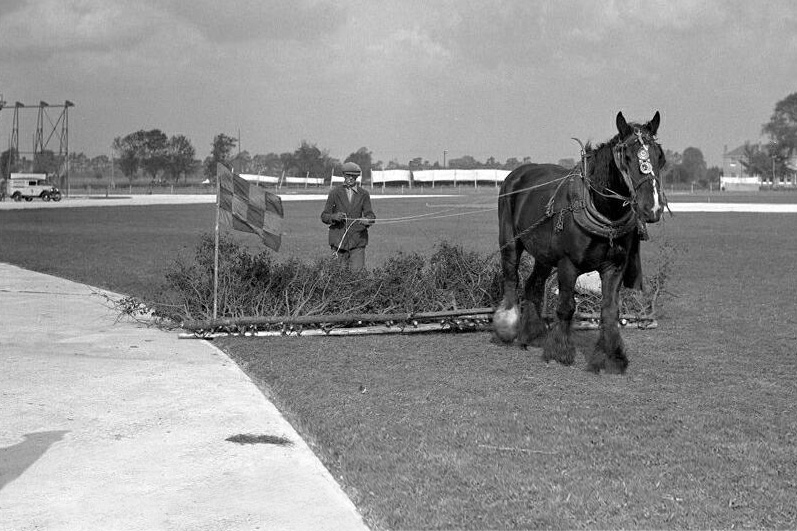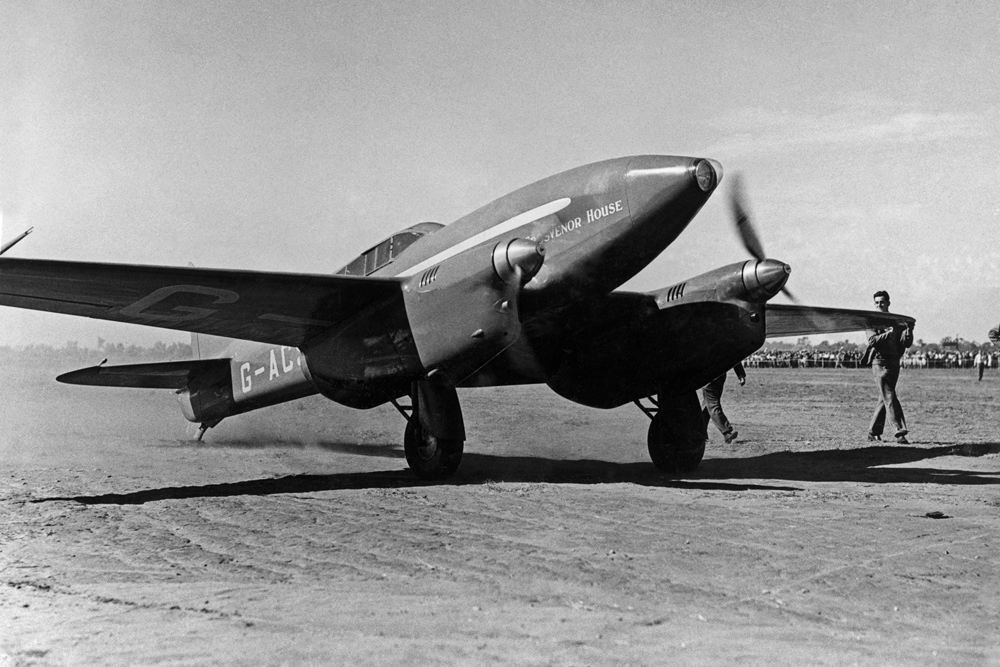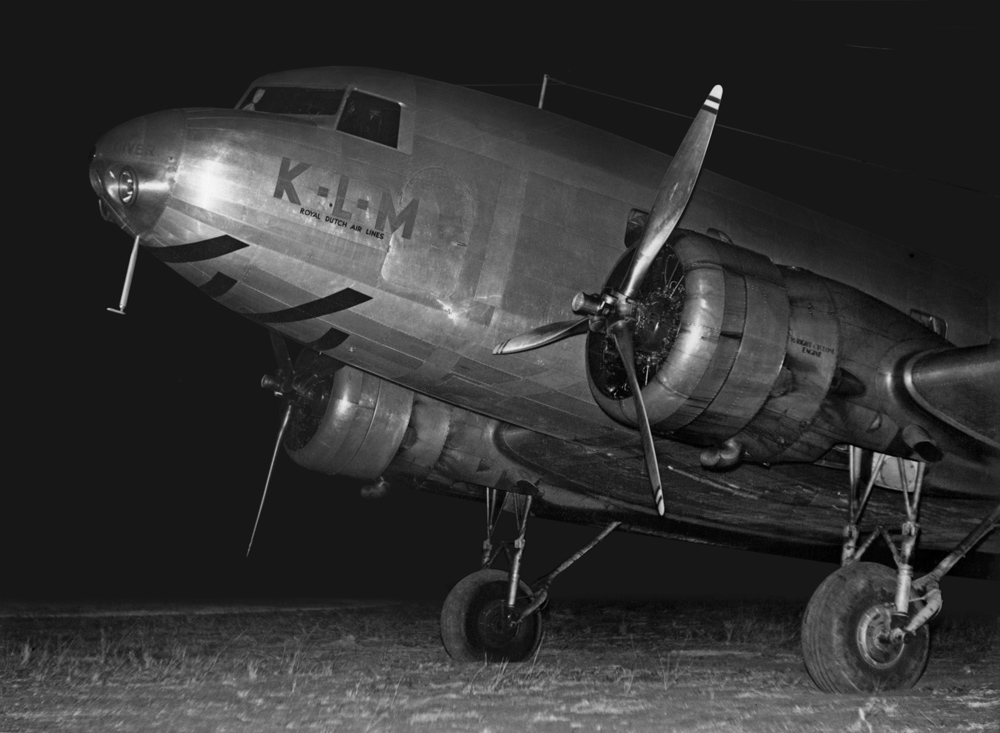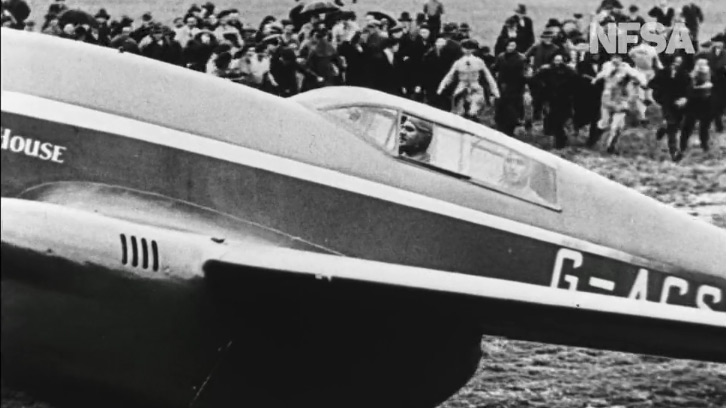The MacRobertson Trophy Air Race
The 1934 air race from London to Melbourne was sponsored by Melbourne businessman and philanthropist Sir Macpherson Robertson, founder of the MacRobertson Confectionery Company. The race was initiated as part of the Melbourne and Victorian Centenary celebrations.
The MacRobertson company operated in Melbourne from 1880, and became the largest confectionery maker in the Commonwealth, with famous brands such as Freddo Frog, Old Gold, Snack and Cherry Ripe. Cadbury acquired MacRobertsons in 1967.
Robertson provided an exquisite gold trophy, generous cash prizes, and gold medals for all crews and passengers who reached Melbourne. He also wanted safety to be a priority of the event.
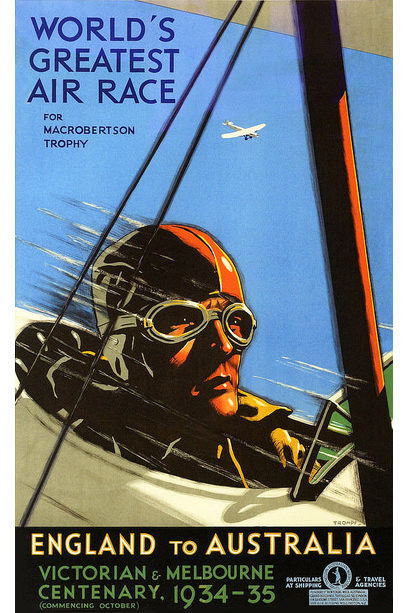
1934 Promotional Poster
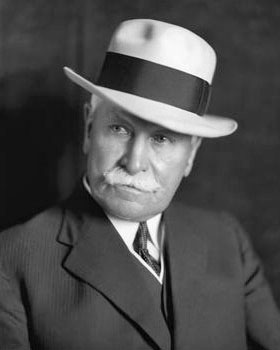
Sir Macpherson Robertson
The race, run by the Royal Aero Club, started at RAF Mildenhall, England and ended in Melbourne, Australia, a distance of 19,877 km. There were five compulsory stops; Baghdad, Allahabad, Singapore, Darwin and Charleville.
Oil and fuel supplies were provided at an additional 17 locations. These did not attract a time penalty but landing at any other place attracted a time penalty.
The race was divided into two sections known as the ‘Speed Race’ and the ‘Handicap Race’ which were run at the same time. Competitors could enter either or both events.
The prizes in the speed race were £10,000 for first (and a gold trophy valued at £700), £1,500 for second, and £1,000 for third place.
In the handicap race the prize was £2,000 for first and £1,000 for second place. The total prize money of £15,500 was the equivalent of about 1.8 million dollars today.
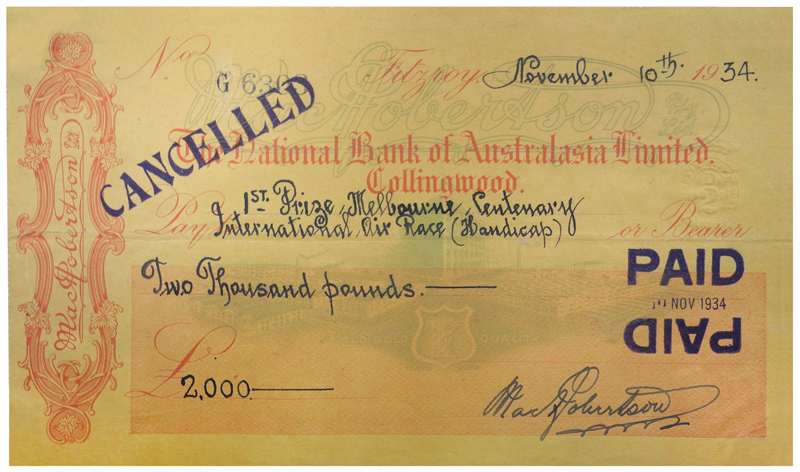
The cheque paid to KLM by Sir Macpherson Robertson for first place in the handicap race by the Uiver.
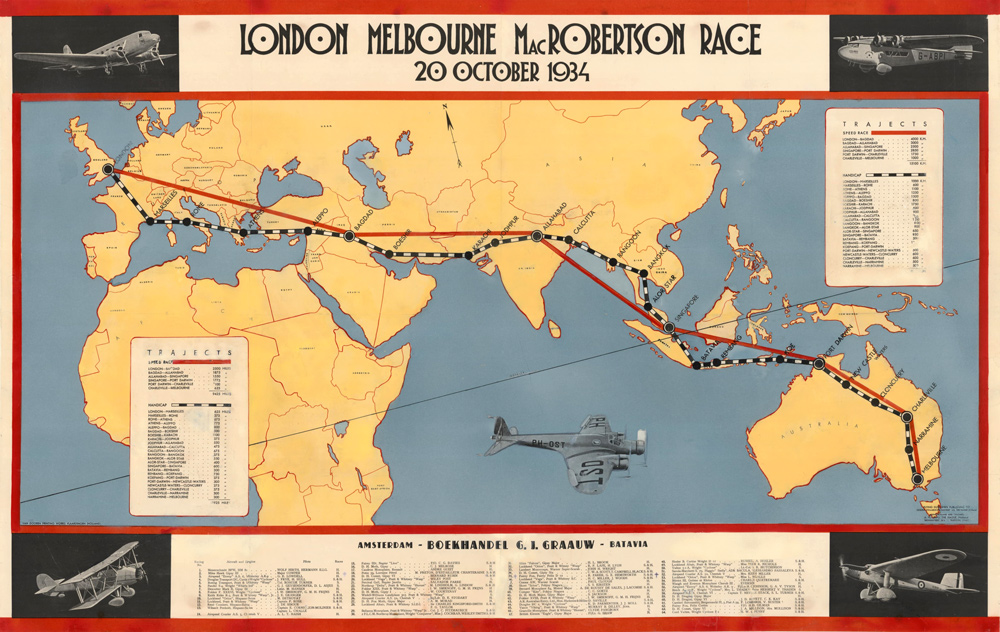
Map of the Air Race route
The competitors
Initially there were more than 60 entrants when the race was announced but this was whittled down to twenty aircraft from six countries that actually made the race start, as shown below in finishing order. Only twelve aircraft finished the route. Tragically, two competitors, F/O Harold Gilman and James Baines were killed when their Fairy Fox I crashed near Palazzo, Italy.
*Indicates did not finish.
Swipe to see more >
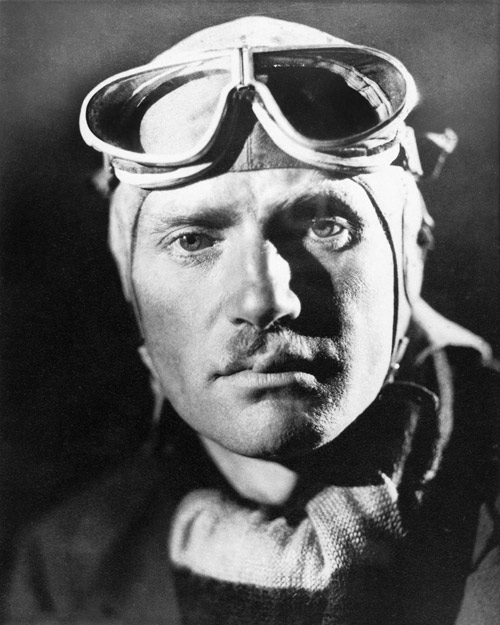
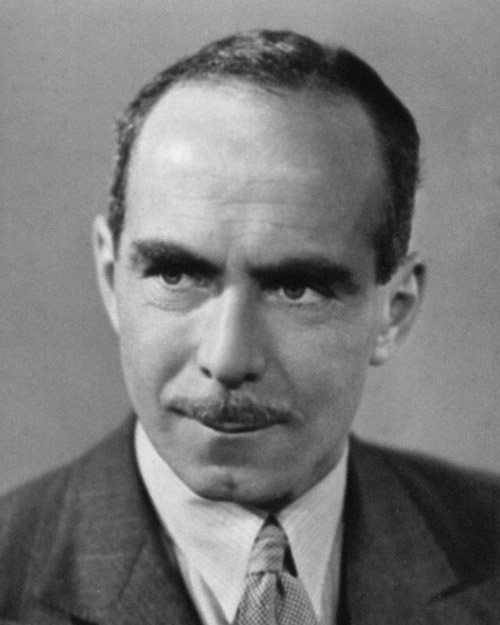
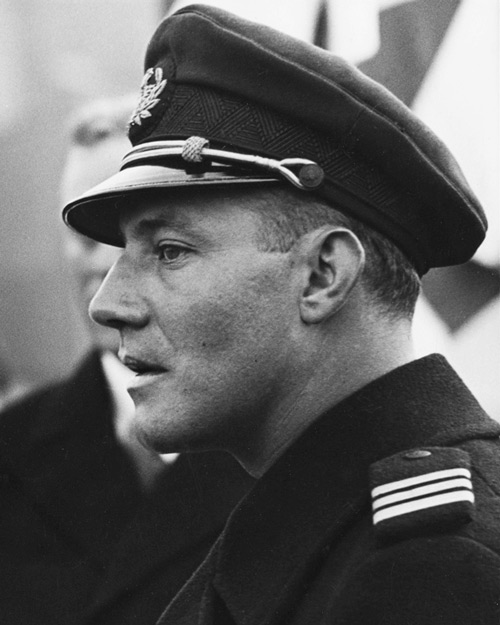
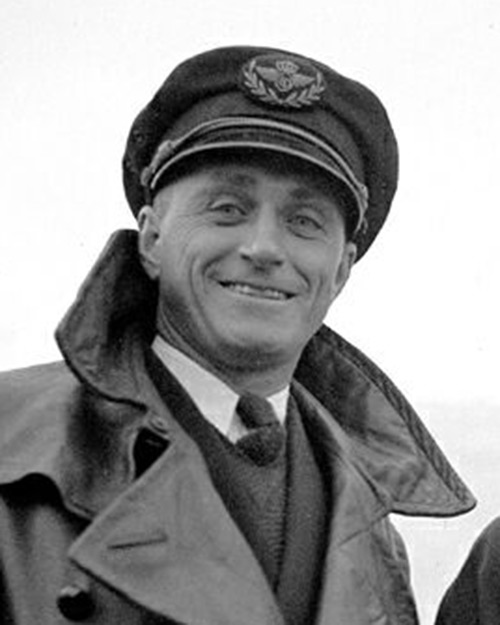
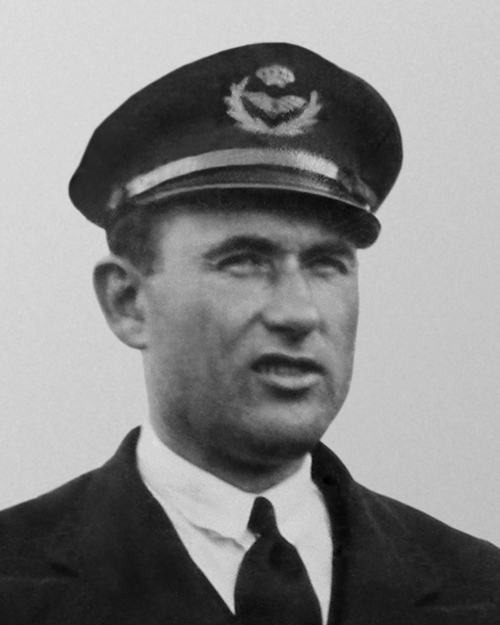
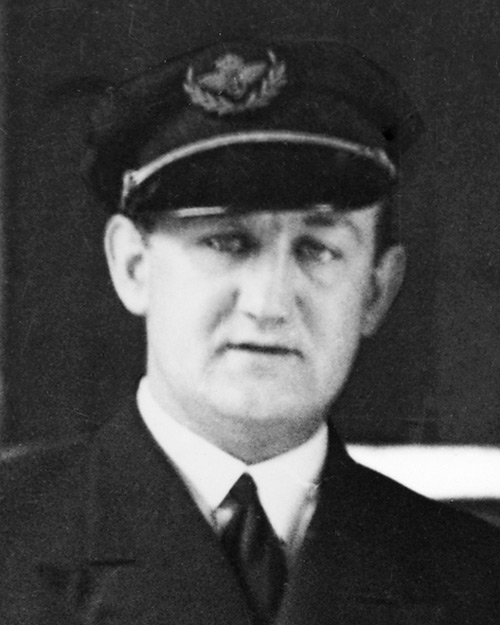
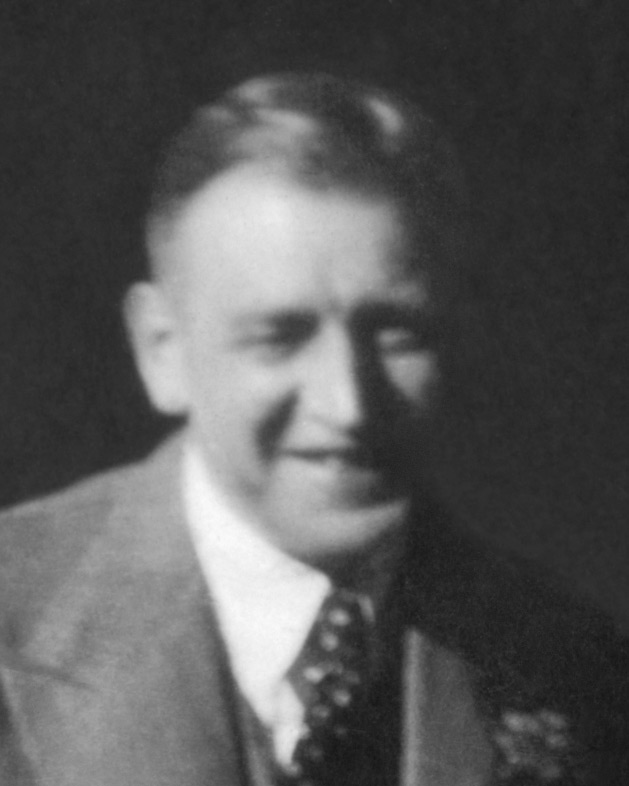

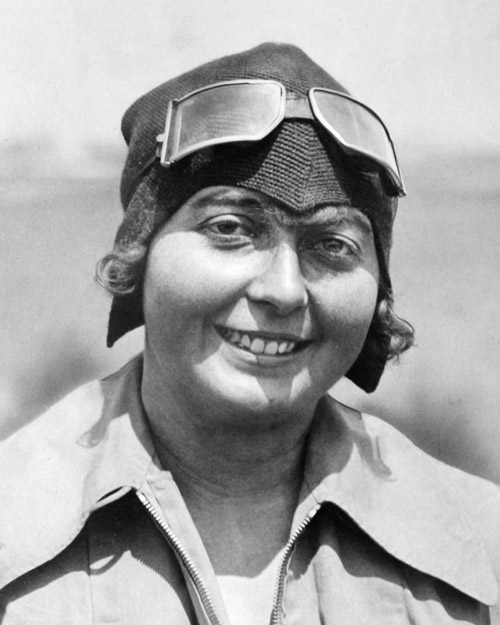
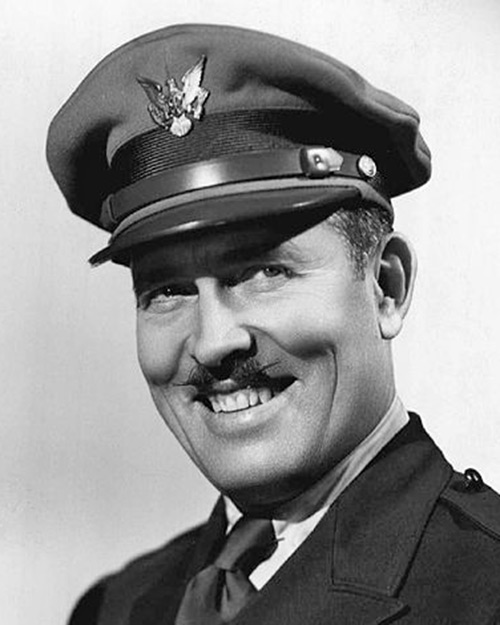
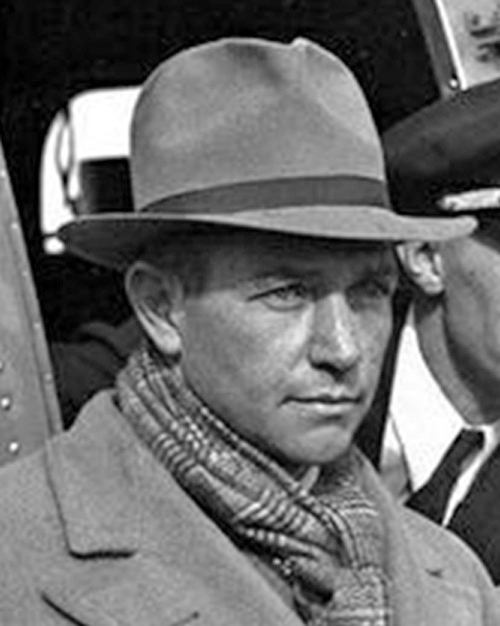
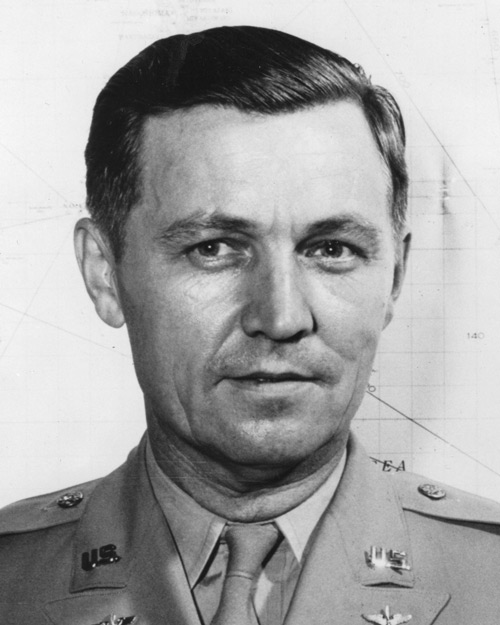
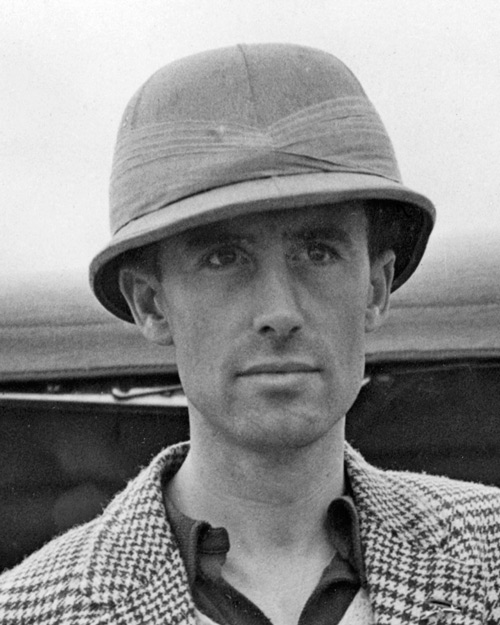
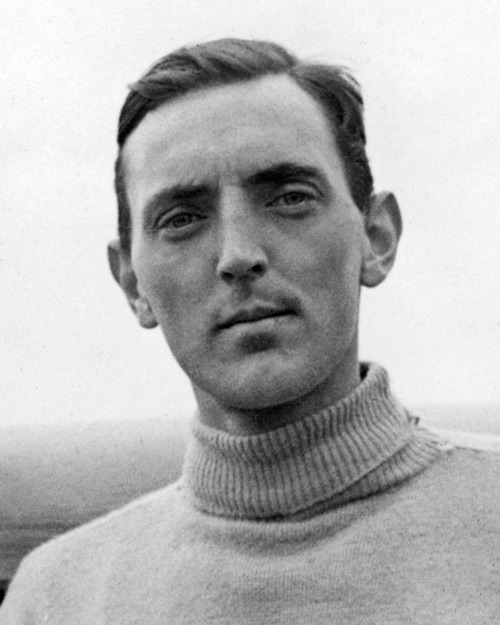
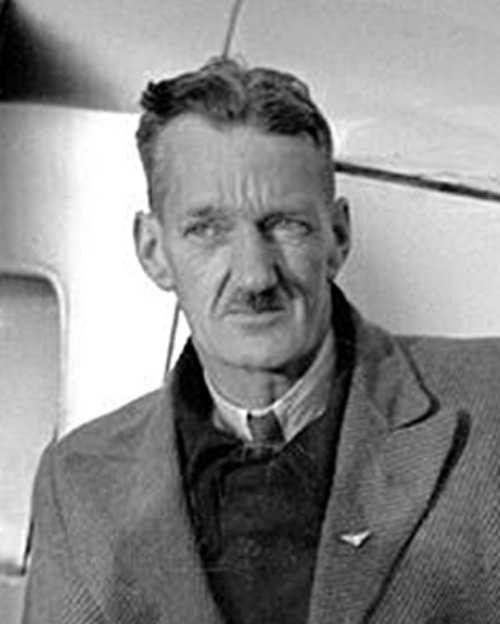
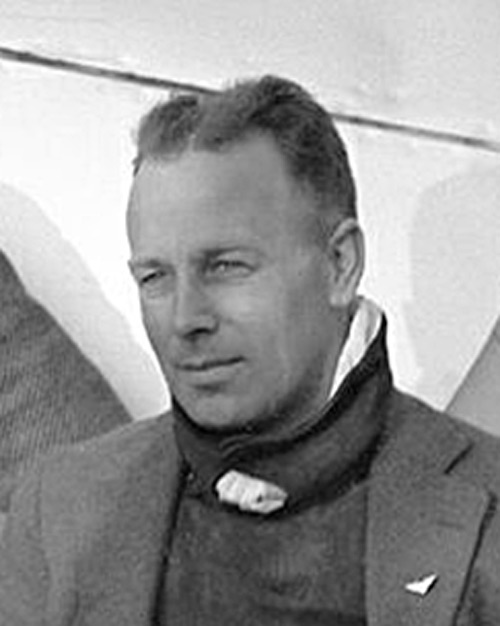
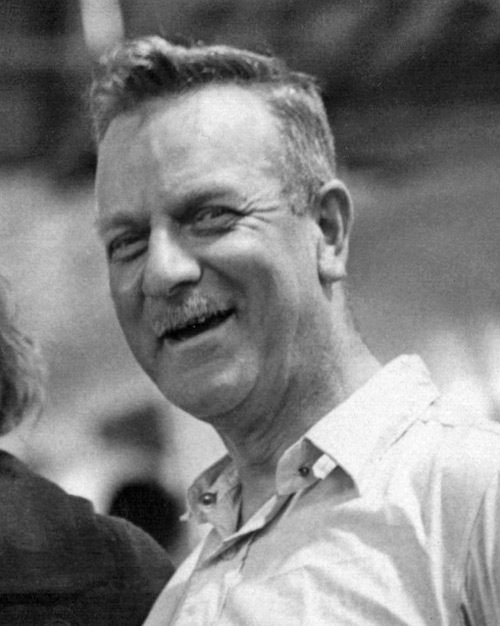
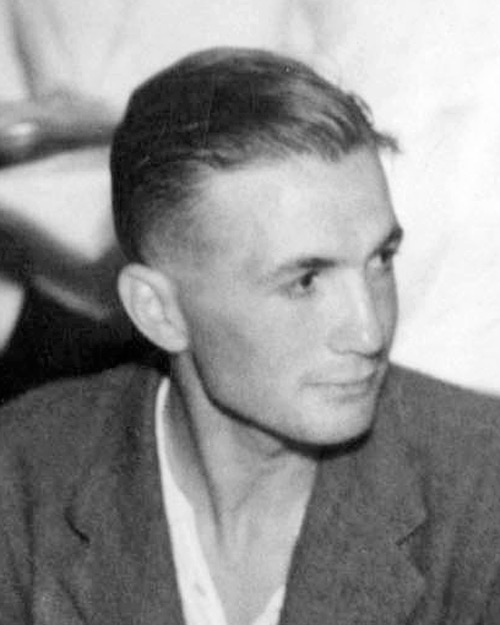
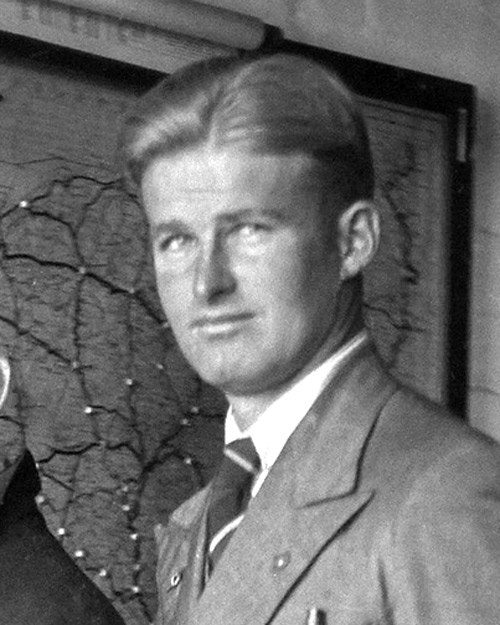
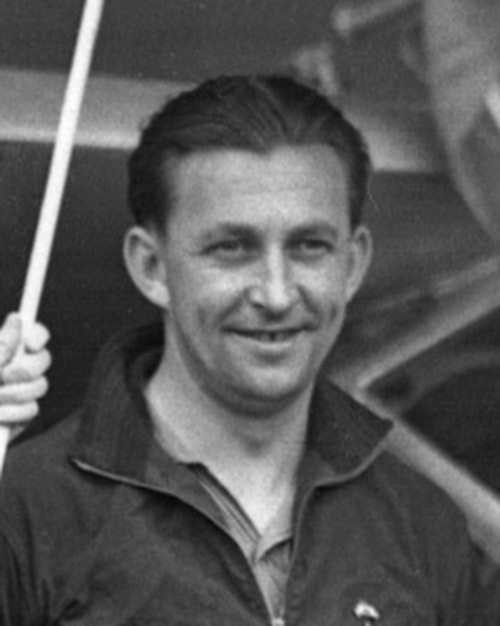
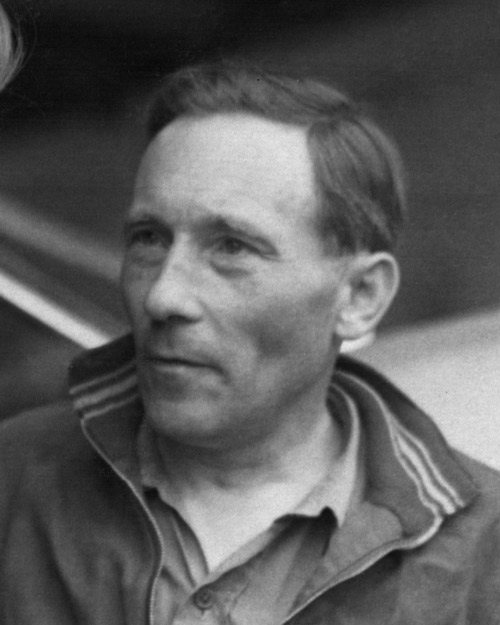
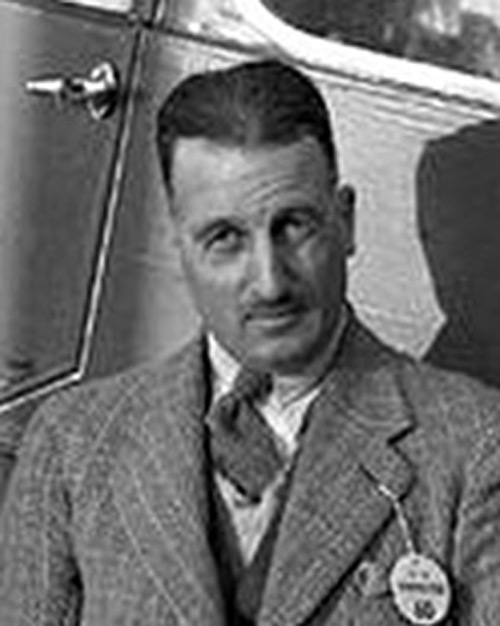
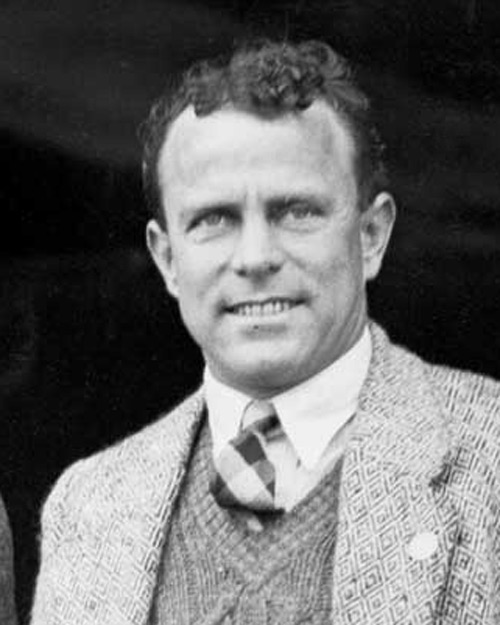
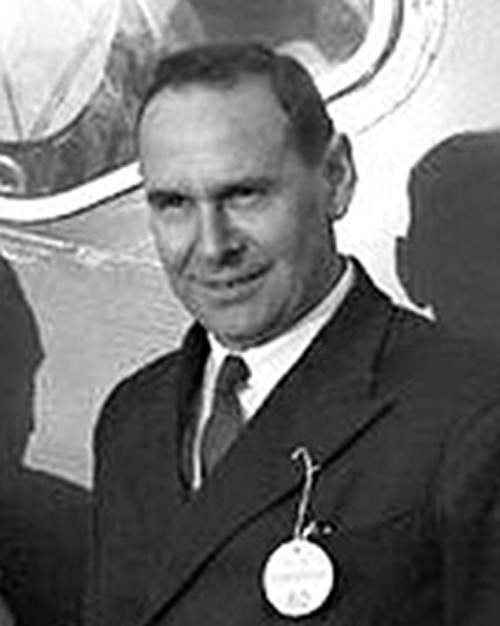
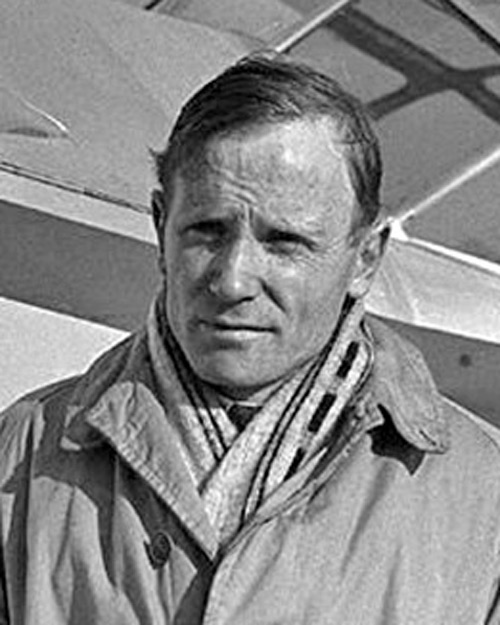
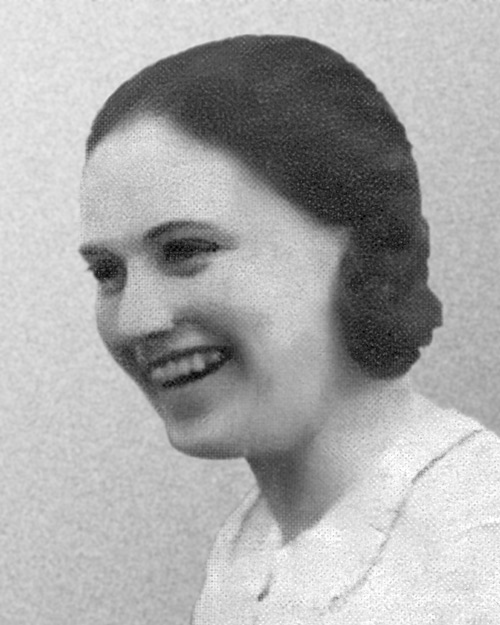
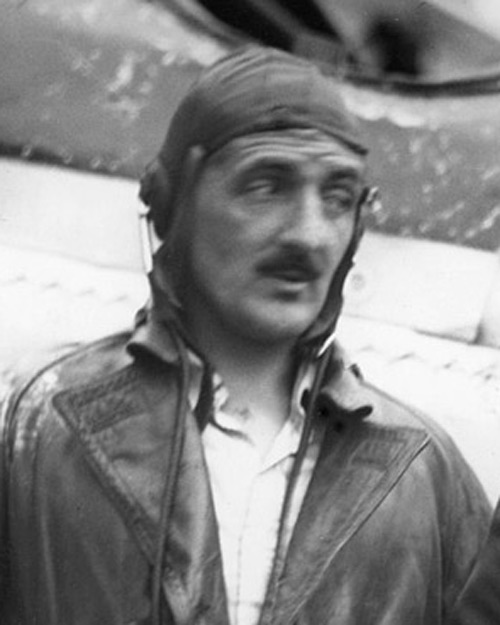
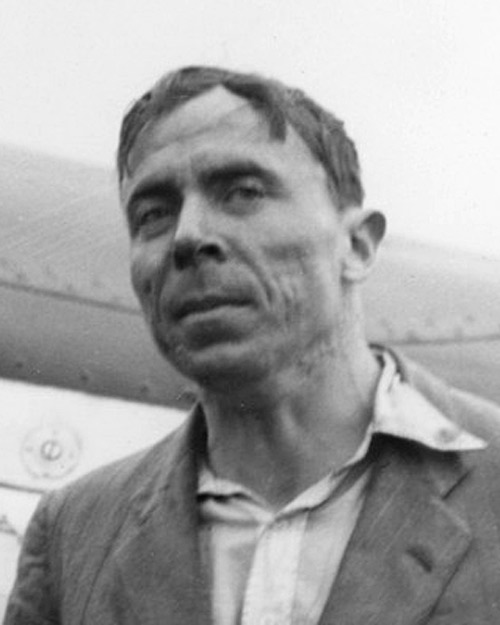
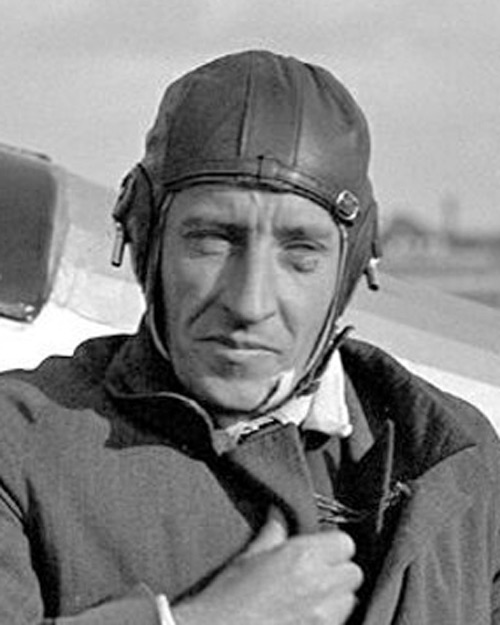
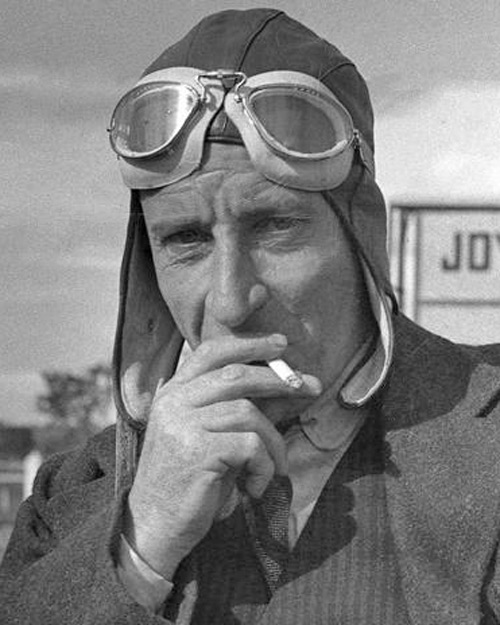
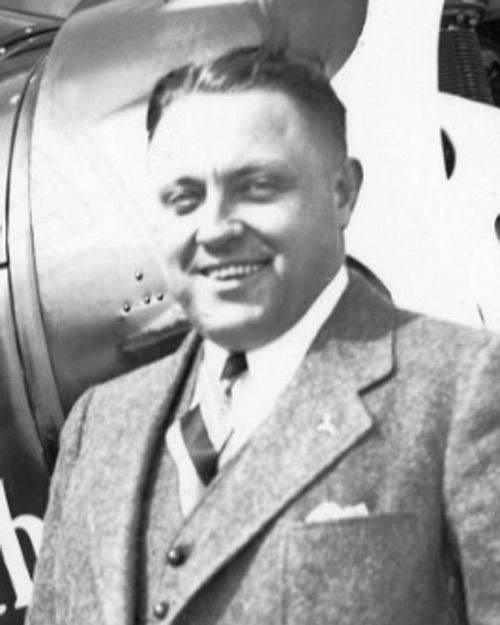
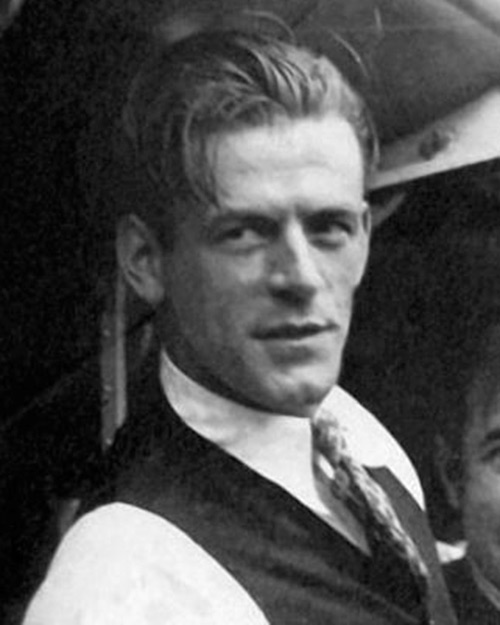
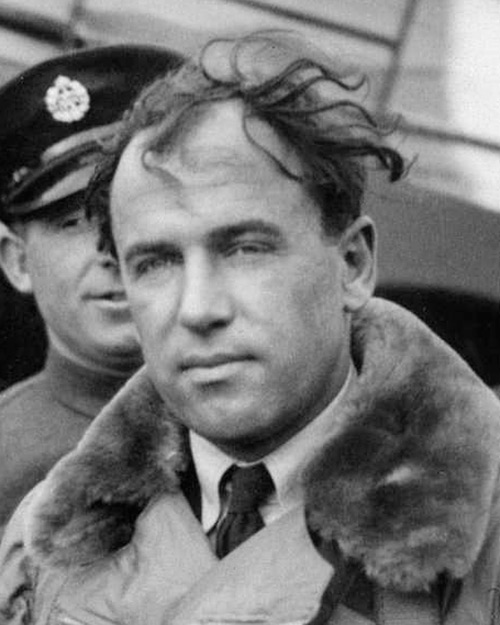
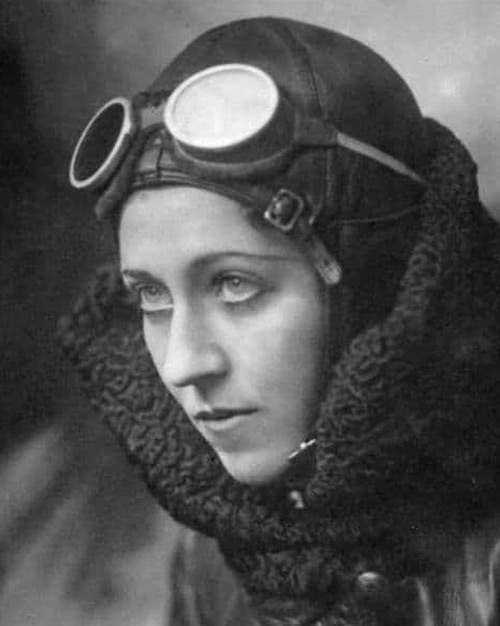
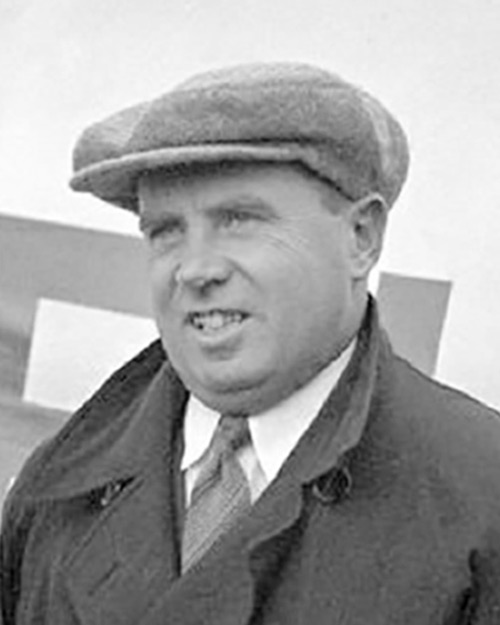
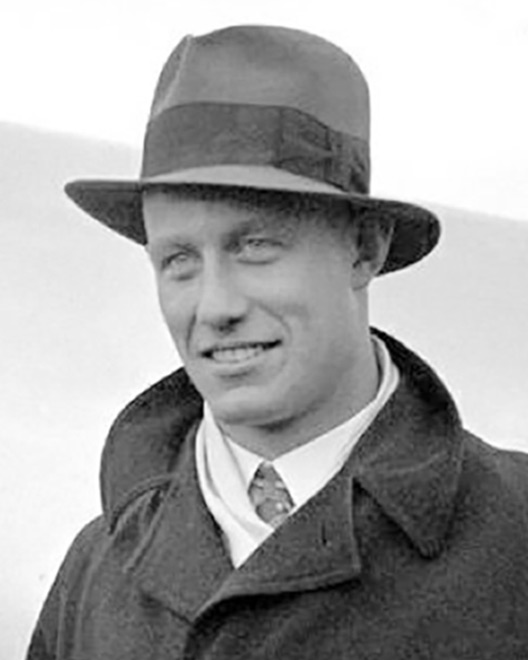
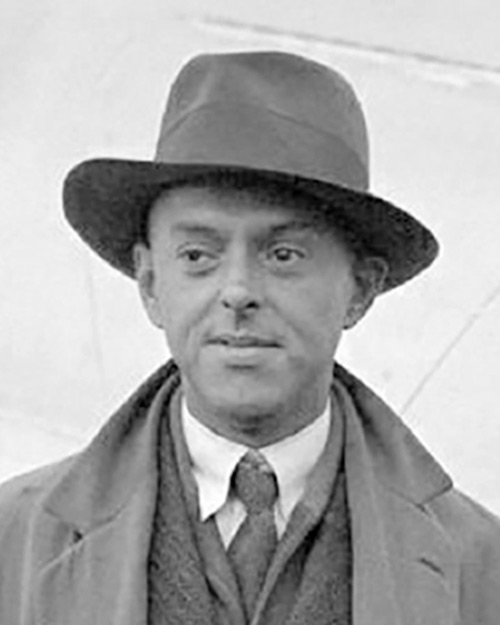
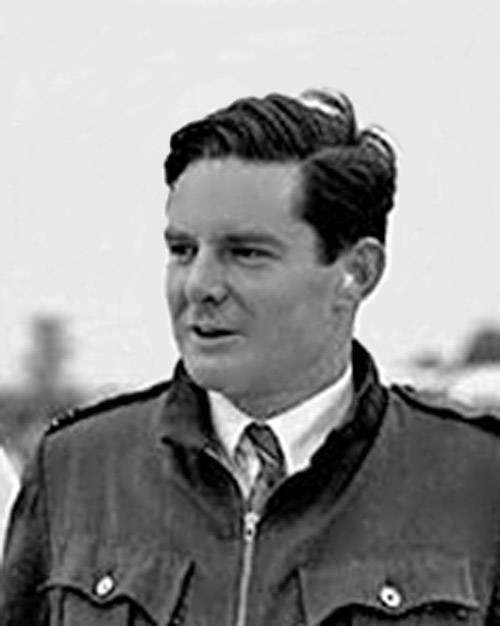
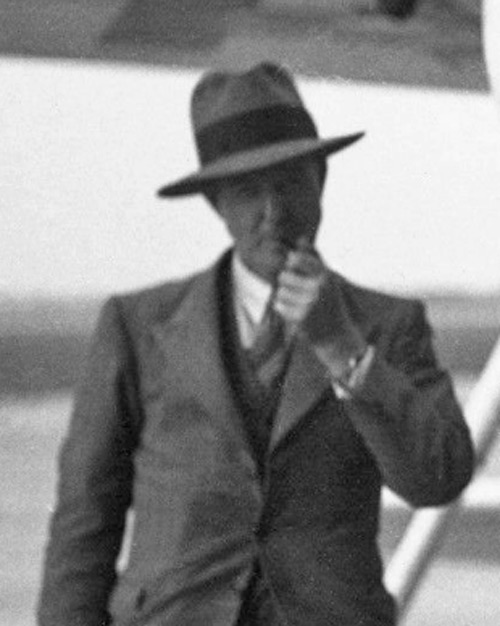
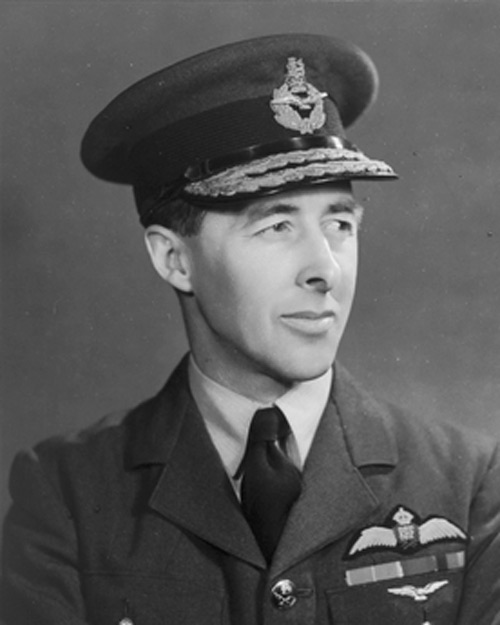
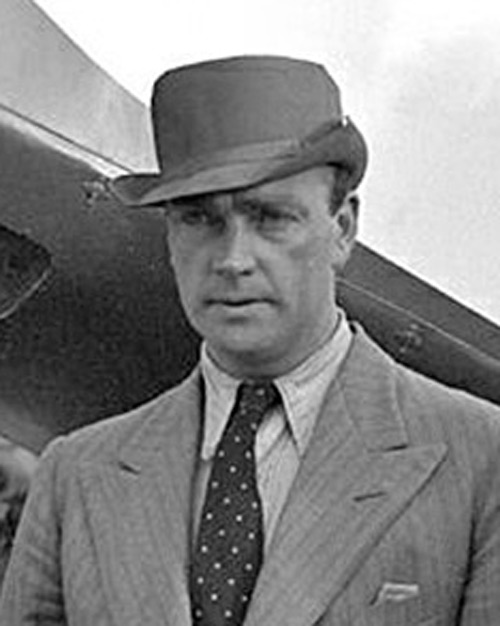
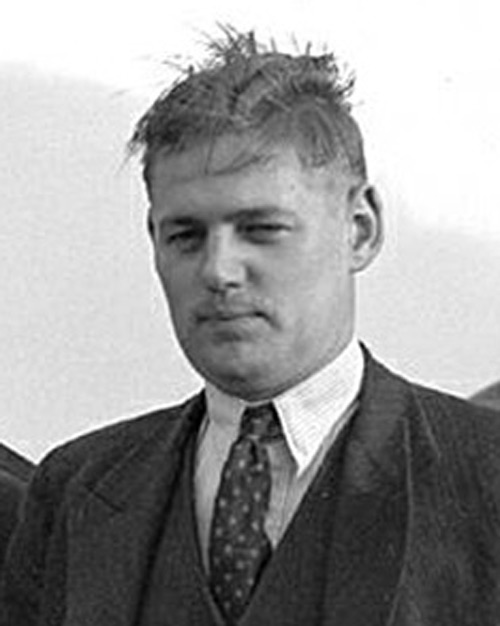
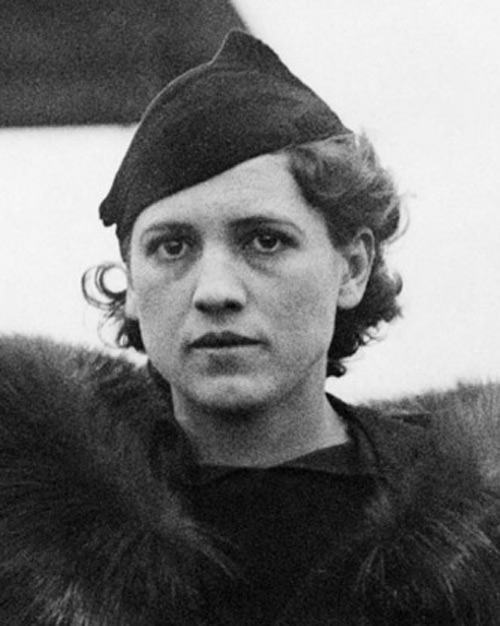
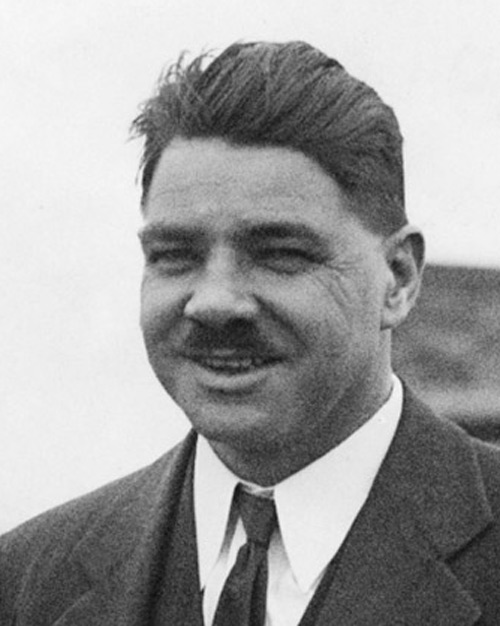
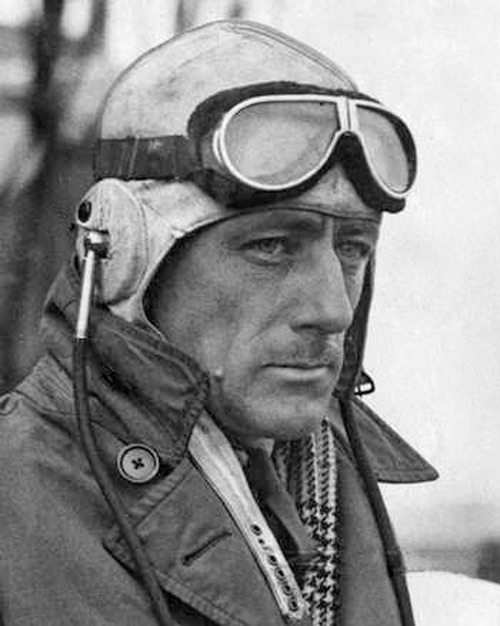
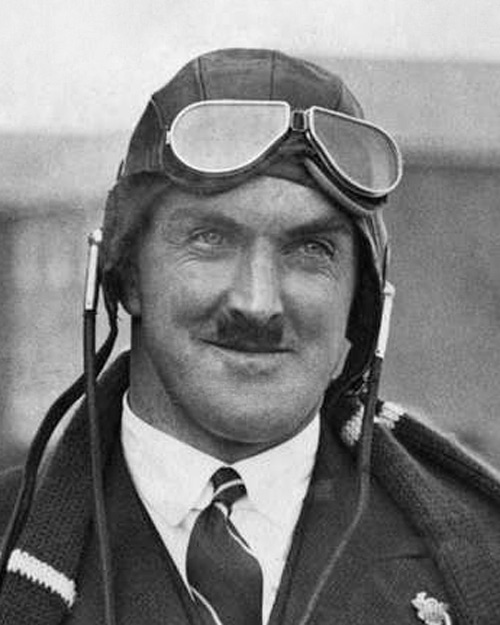
| Aircraft | Reg | No. | Nationality | Crew |
| de Havilland DH.88 Comet Grosvenor House |
G-ACSS | 34 | Britain | F/L Charles Scott Tom Campbell Black |
| Douglas DC-2 Uiver |
PH-AJU | 44 | Netherlands | Koene Parmentier Jan Moll Bouwe Prins Cornelis van Brugge (Passengers) Pieter Gilissen Roelof Domenie Thea Rasche |
| Boeing 247D Warner Bros. Comet |
NR257Y | 5 | United States | Roscoe Turner Clyde Pangborn Reeder Nichols |
| de Havilland DH.88 Comet The Green Un |
G-ACSR | 19 | Britain | Owen Cathcart-Jones Ken Waller |
| Miles M.2F Hawk Major Manawatu |
ZK-ADJ | 2 | New Zealand | Sqn. Ldr. Malcolm McGregor Henry Walker |
| Airspeed AS.5 Courier | G-ACJL | 14 | Britain | Sqn. Ldr. David Stodart Sgt. Pilot Ken Stodart |
| de Havilland DH.80 Puss Moth My Hildergarde |
VH-UQO | 16 | Australia | Jimmy Melrose |
| Desoutter MkII | OY-DOD | 7 | Denmark | Lt. Michael Hansen Lt. Daniel Jensen |
| de Havilland DH.89 Dragon Rapide Tainui |
ZK-ACO | 60 | New Zealand | Sqr. Ldr. James Hewitt F/O Cyril Kay Frank Stewart (photographer) |
| Miles M.3 Falcon | G-ACTM | 31 | Britain | Harold Brook Ella Lay (passenger) |
| Fairey IIIF Time and Chance |
G-AABY | 15 | Britain | F/O Cyril Davies Lt. Cdr. Clifford Hill |
| Fairey Fox I | G-ACXO | 35 | Australia | Ray Parer Godfrey Hemsworth |
| Lambert Monocoupe D-145 Baby Ruth |
NR501W | 33* | United States | John Wright John Polando |
| de Havilland DH.88 Comet Black Magic |
G-ACSP | 63* | Britain | Jim Mollison Amy Mollison (Johnson) |
| Pander S4 Panderjager |
PH-OST | 6* | Netherlands | Gerrit Geysendorffer Dirk Asjes Pieter Pronk |
| British Klemm Eagle The Spirit of Wm. Shaw & Co Limited |
G-ACVU | 47* | Britain | Flt. Lt. Donald Shaw |
| Lockheed Vega Puck |
G-ABGK | 36* | Australia | Jimmy Woods Flt. Lt. Donald Bennett |
| Airspeed AS-8 Viceroy | G-ACMU | 58* | Britain | Capt. T. Neville Stack Sidney Turner |
| Granville Gee Bee R-6H Q.E.D. |
NR14307 | 46* | United States | Jacqueline Cochran Wesley Smith |
| Fairey Fox I | G-ACXX | 62* | Britain | F/O Harold Gilman James Baines |
The famous de Havilland DH.88 Comets were developed specifically for the MacRobinsons race. de Havilland offered to build these highly customised race planes for a special reduced price of £5000, requiring nine months notice. Five were ordered, and three were built (The Green ‘Un #19, Grosvenor House #34, and Black Magic #63).
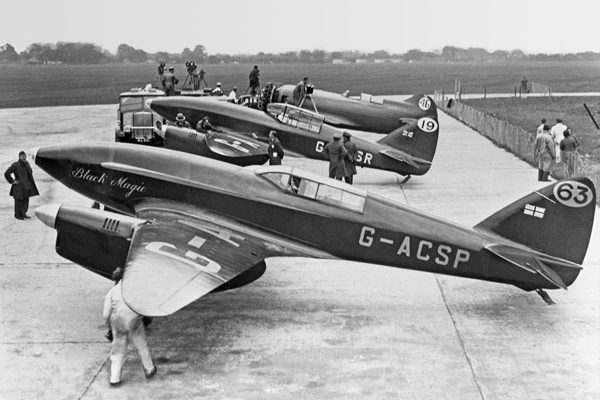
de Havilland DH.88 Black Magic and The Green ‘Un. Granville R-6H (at rear) at Mildenhall
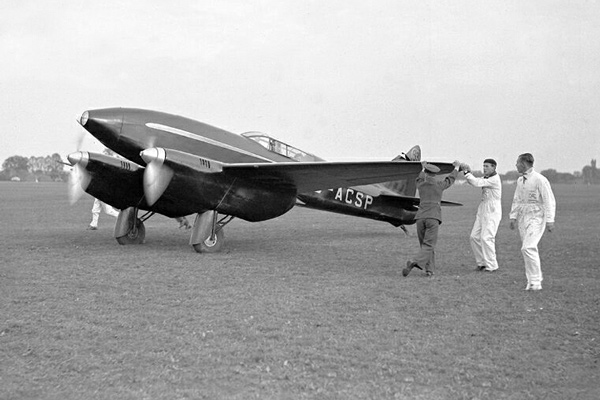
de Havilland DH.88 Black Magic at Mildenhall
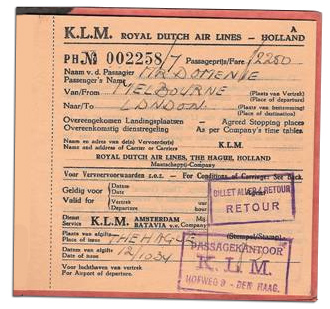
Passenger, Mr Roelof Domenie’s ticket for the Uiver flight in the MacRobertson Air Race
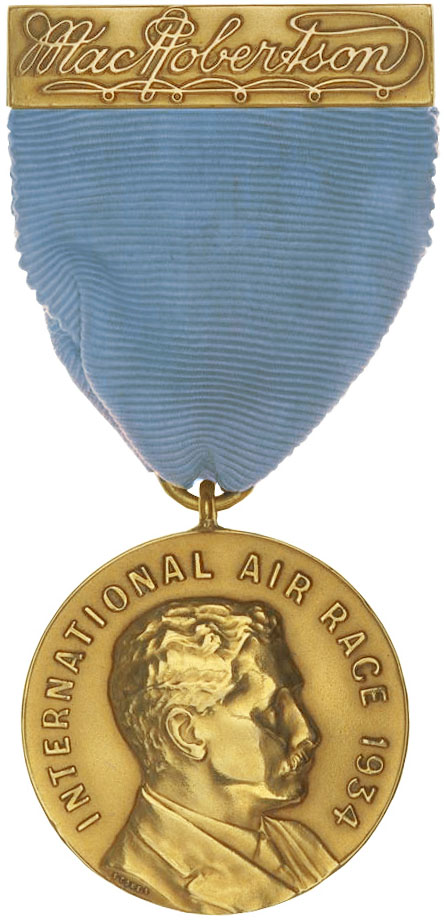
Competitor medal
One of the more remarkable entrants was Australian C.J. “Jimmy” Melrose. At the age of only 21 years, Jimmy was the youngest pilot in the field and the only solo flier to finish the race. He had just broken the record time flying from Australia to England, and entered the MacRobertson Air Race as his return trip to Australia.

Jimmy Melrose and his DH.80 Puss Moth, My Hildegarde, named after his mother. Jimmy won third place in the handicap division
KLM (Royal Dutch Air Lines) entered a 14-seat Douglas DC-2 airliner called the Uiver (Stork in Dutch). This was run as a commercial flight, carrying three passengers (two Dutch bankers: Pieter Gilissen, Roelof Domenie, German aviatrix and journalist Thea Rasche), and 18,152 articles of mail. KLM did the full 22 stop-over version of the race.
A new Royal Air Force base at Mildenhall, 60 miles north of London, still under construction when the race started, was chosen as the departure point due to it’s space and modern facilities.
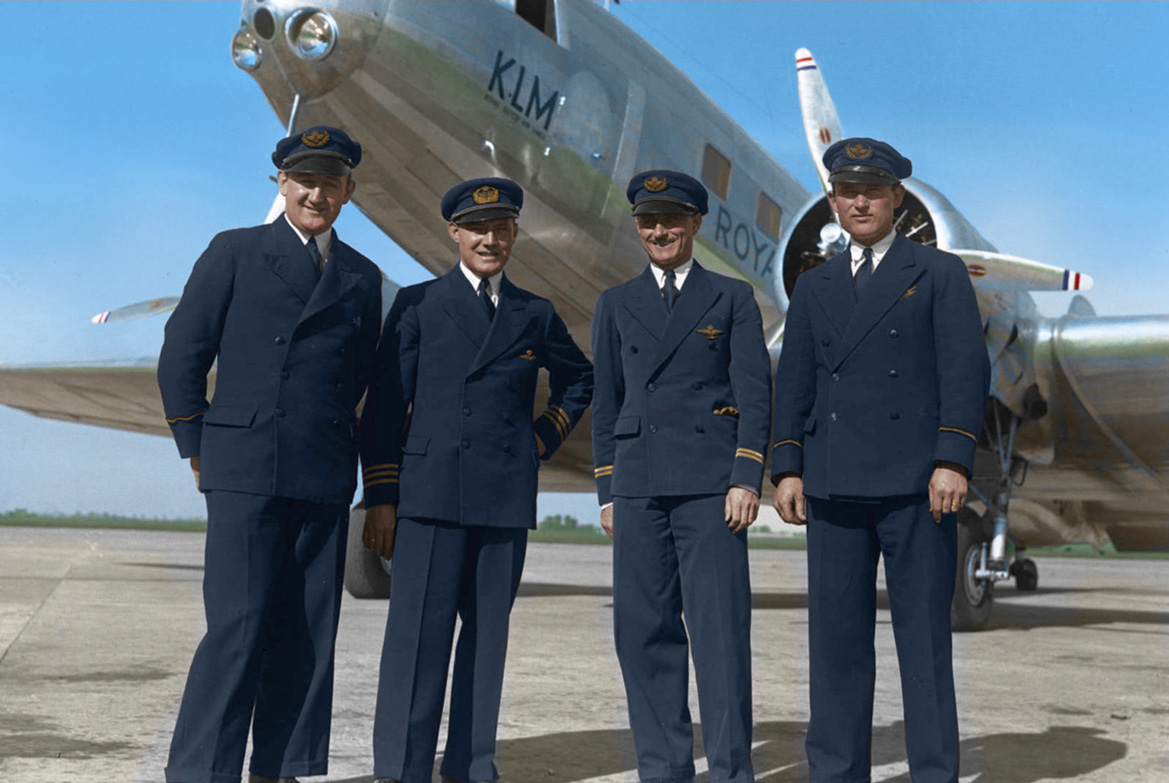
The KLM Uiver crew (colourised image). Left to right: Cornelis van Brugge (Radio Telegraphist), Koene Dirk Parmentier (Captain), Jan Moll (First Officer) and Bouwe Prins (Flight Engineer).
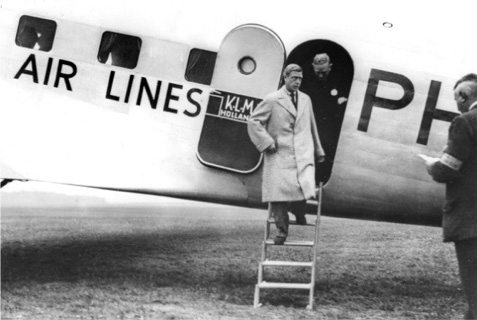
The Prince of Wales inspects the Uiver
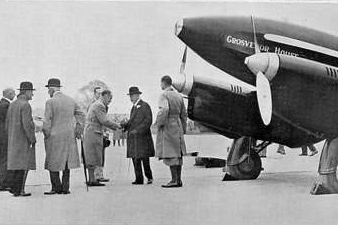
The King meets Scott and Campbell Black
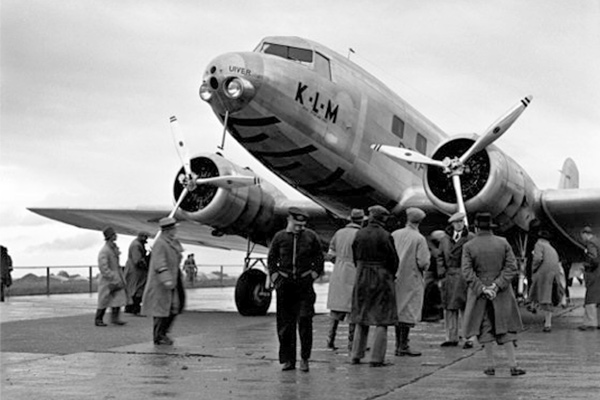
The Uiver being inspected at Mildenhall
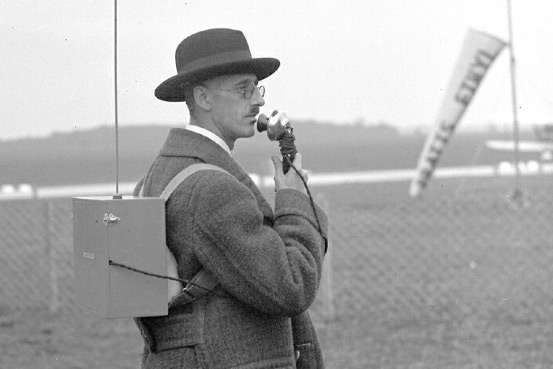
voice communications on radio
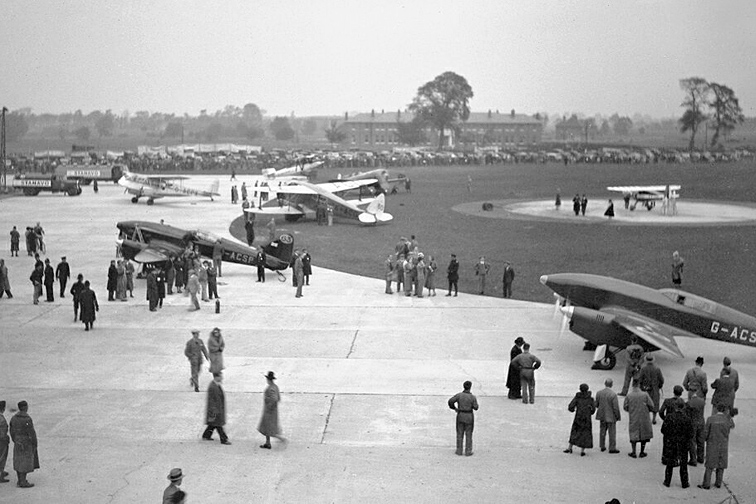
Visitors and race aircraft at Mildenhall
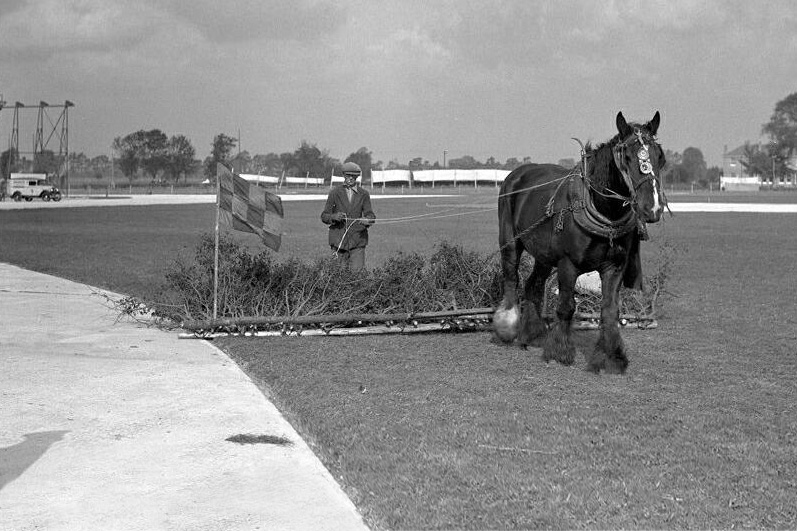
The airfield was swept by horse drawn apparatus!
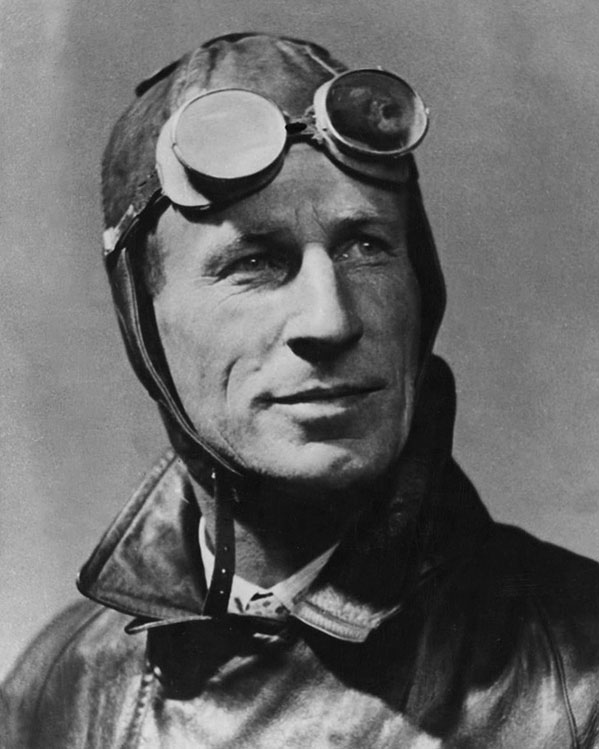
Famed Australian aviator, Sir Charles Kingsford-Smith was offered a DH.88 Comet with fixed-pitch propellors, which he declined as it would be uncompetitive.
Instead, he acquired a Lockheed Sirius 8A which he heavily modified - later known as Lady Southern Cross. En-route to England, the plane developed engine cowling cracks before it left Australia. That was the end of Smithy’s attempt at the race.
Newsreel film from 1934.
On the first day of the race (20th October, 1934), the Uiver led to Athens, with the Boeing 247D second. Grosvenor House had taken the lead by the time they arrive at Allahabad.
On day two, Grosvenor House led to Singapore. The Uiver was then only eight hours behind the leader despite making more stopovers.
Grosvenor House had an engine problem (low oil pressure) requiring a shutdown over the Timor Sea. In Darwin the engine was inspected, with no fault found. Grosvenor House continued and arrived at Charleville about the time the Uiver landed at Darwin. Grosvenor House then set off for Melbourne with the Uiver arriving at Charleville after sunset. After refuelling, the Uiver continued on the final leg of the race.
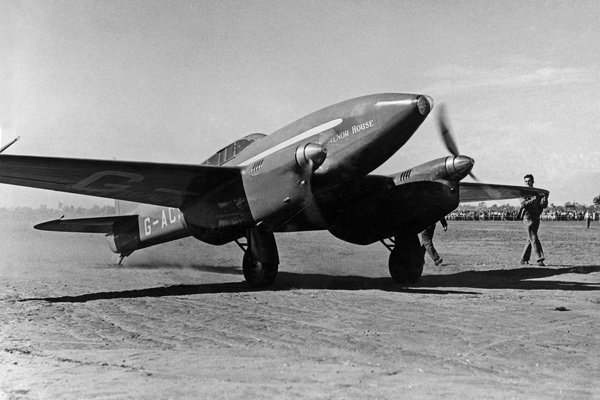
Scott and Campbell Black in Grosvenor House arriving at Charleville (State Library QLD)

The Uiver at Charleville (State Library QLD)
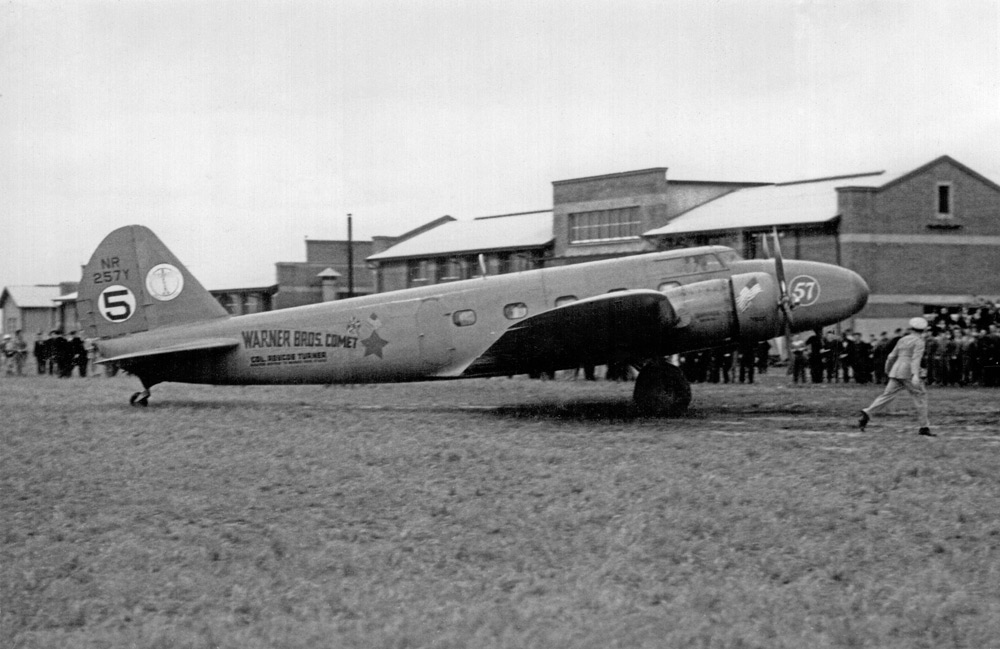
Boeing 247D Warner Bros Comet arriving at Laverton. Piloted by Roscoe Turner, with co-pilot Clyde Pangborn, and radio operator Reeder Nichols, the Boeing finished third in the speed race.
The flying Dutchmen forced down at Albury
Scott and Campbell Black in Grosvenor House were first to arrive at Melbourne, crossing the finish line at Flemington racecourse at 3:34 pm on the 23rd of October 1934, winning the race in a record time of flying time of 70 hours, 54 minutes, 18 seconds.
Following in second position and just a few hundred kilometres from Melbourne, the Uiver flew into a severe thunder storm in the vicinity of Albury. With ice forming on the wings and propellers and low on fuel, Captain Parmentier urgently needed to find somewhere to land and descended through heavy rain and turbulence. Radio communication had been abandoned because of interference from lightning.
The people of Albury quickly came to the aid of the plane. The town’s streetlights were used to signal A-L-B-U-R-Y in Morse code, and the Uiver was able to make a safe landing on the Albury Racecourse, the small improvised landing field illuminated by car headlights.
The Uiver was freed from the mud the following morning (24th October) and stripped of all excess weight. Leaving two crew members and the three passengers behind the Uiver was able to take off and finish the race in second place overall and first on handicap. Despite the dramatic events of the night before the Uiver’s flying time to Melbourne was 90 hours, 18 minutes, 51 seconds.
The race winners, Charles Scott and Tom Campbell Black, arriving at Laverton in their de Havilland DH.88 Comet ‘Grosvenor House’.
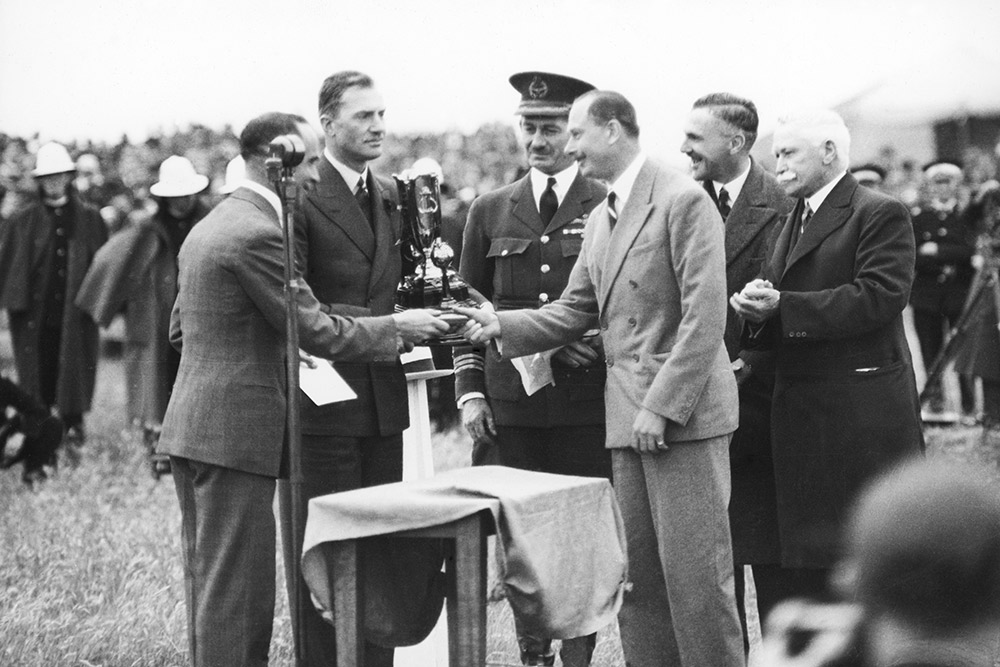
The Duke of Gloucester presents race winners Charles Scott and Tom Campbell Black with the gold air race trophy at Melbourne, Sir Macpherson Robertson at right. (State Library, VIC)
And so, the worlds greatest air race came to a close. It was run only 31 years after the dawn of aviation (the Wright Brothers first powered flight in 1903) yet it was the beginning of modern intercontinental air travel as we know it today.
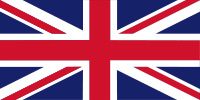
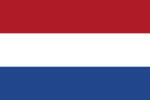
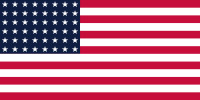
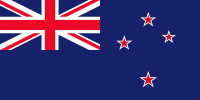
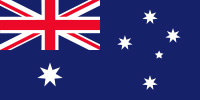
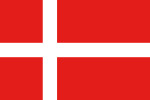
For more information please contact us at info@uivermemorial.org.au
This community project is powered by donations and volunteers. Please consider making a donation.
© Copyright Uiver Memorial Community Trust 2012-2025
Hosting kindly donated by Coxtech

